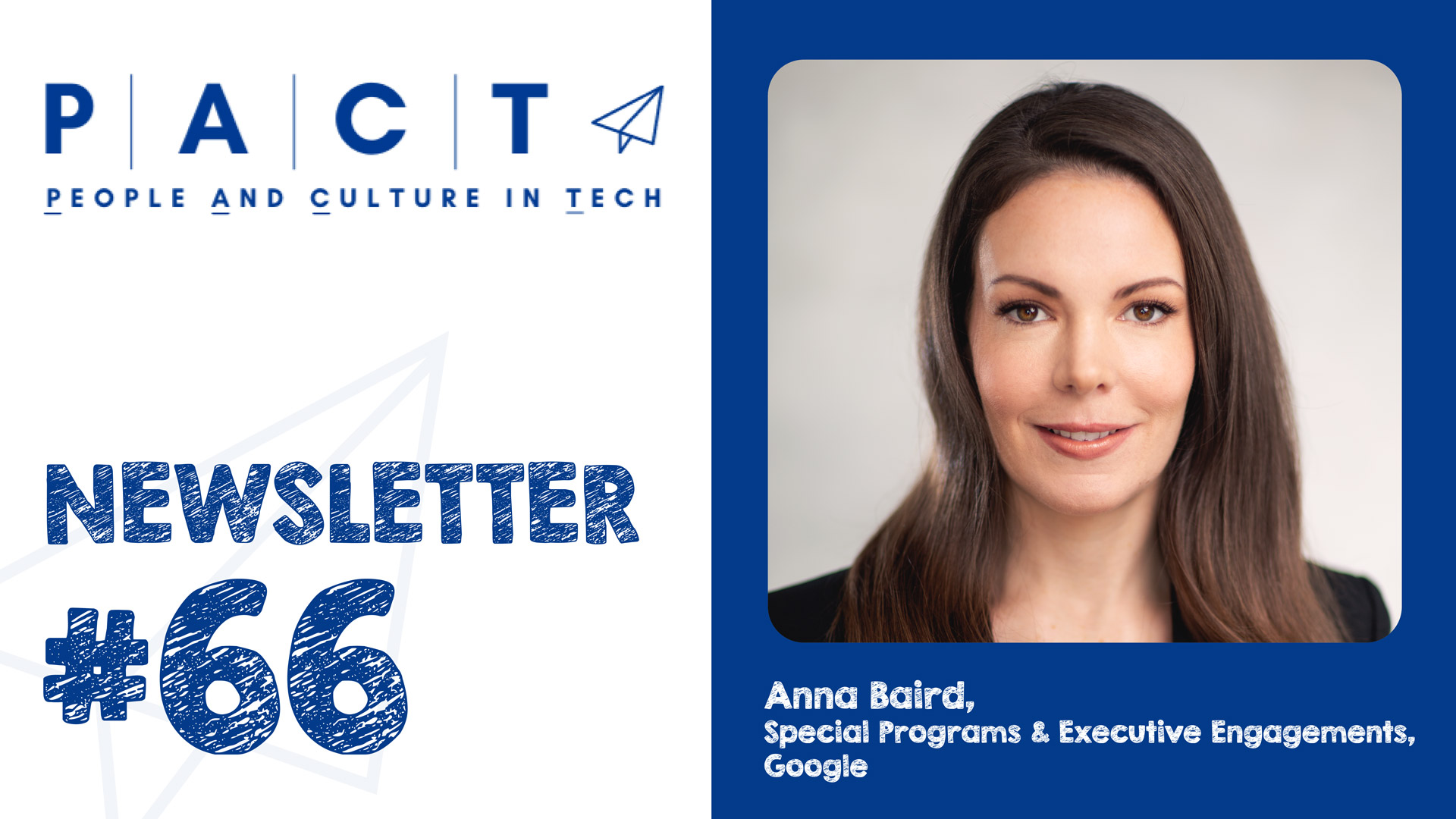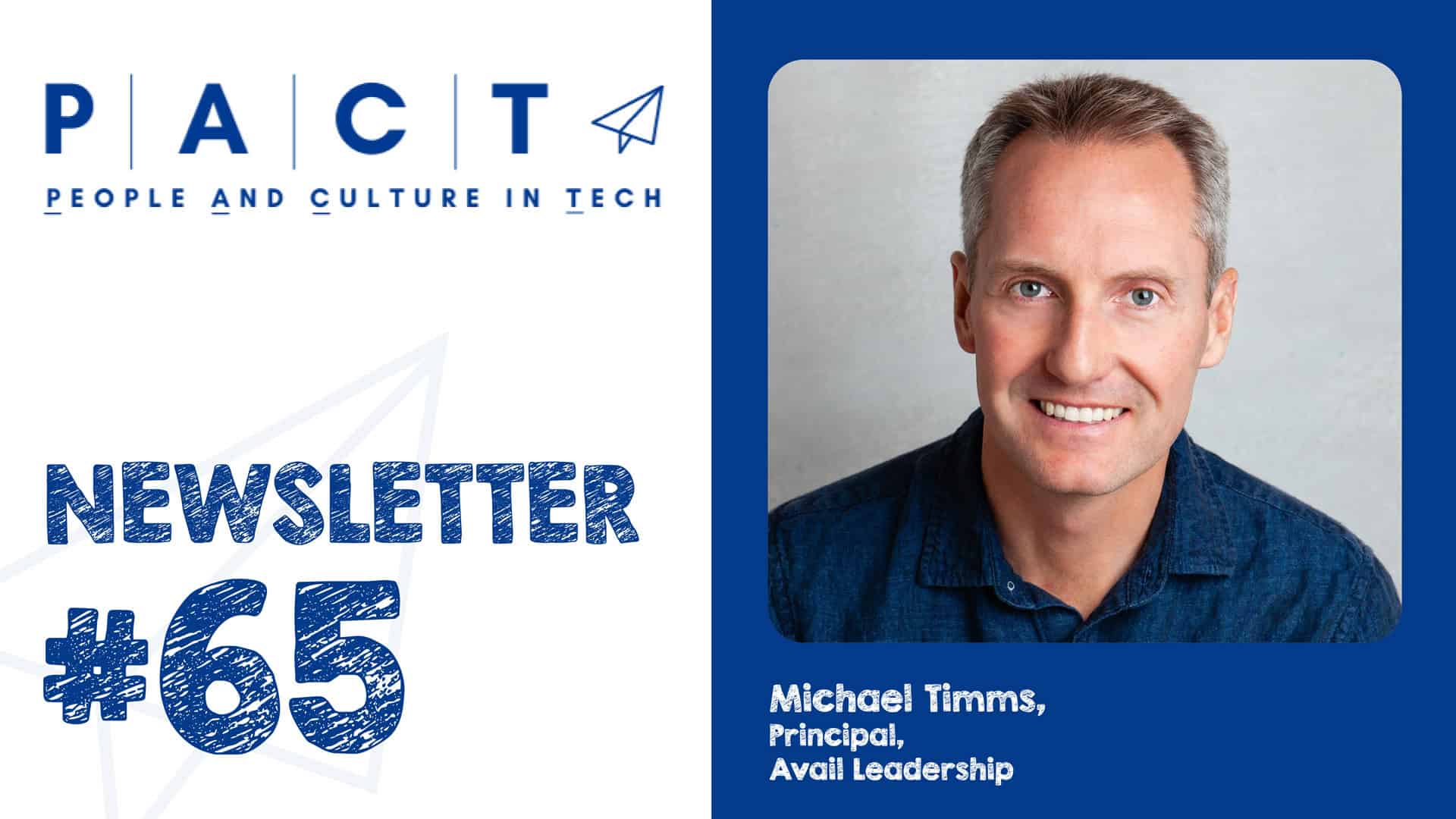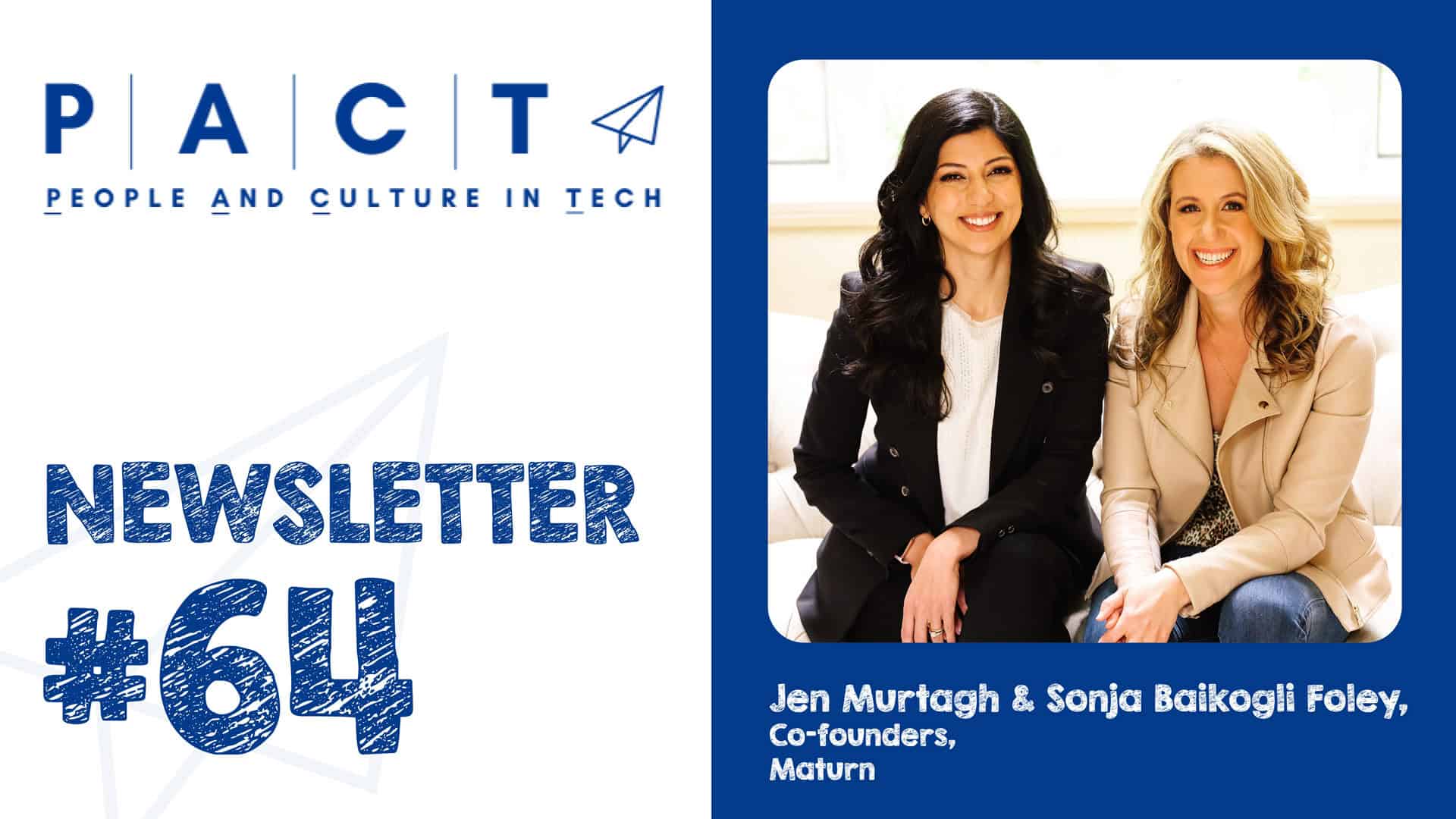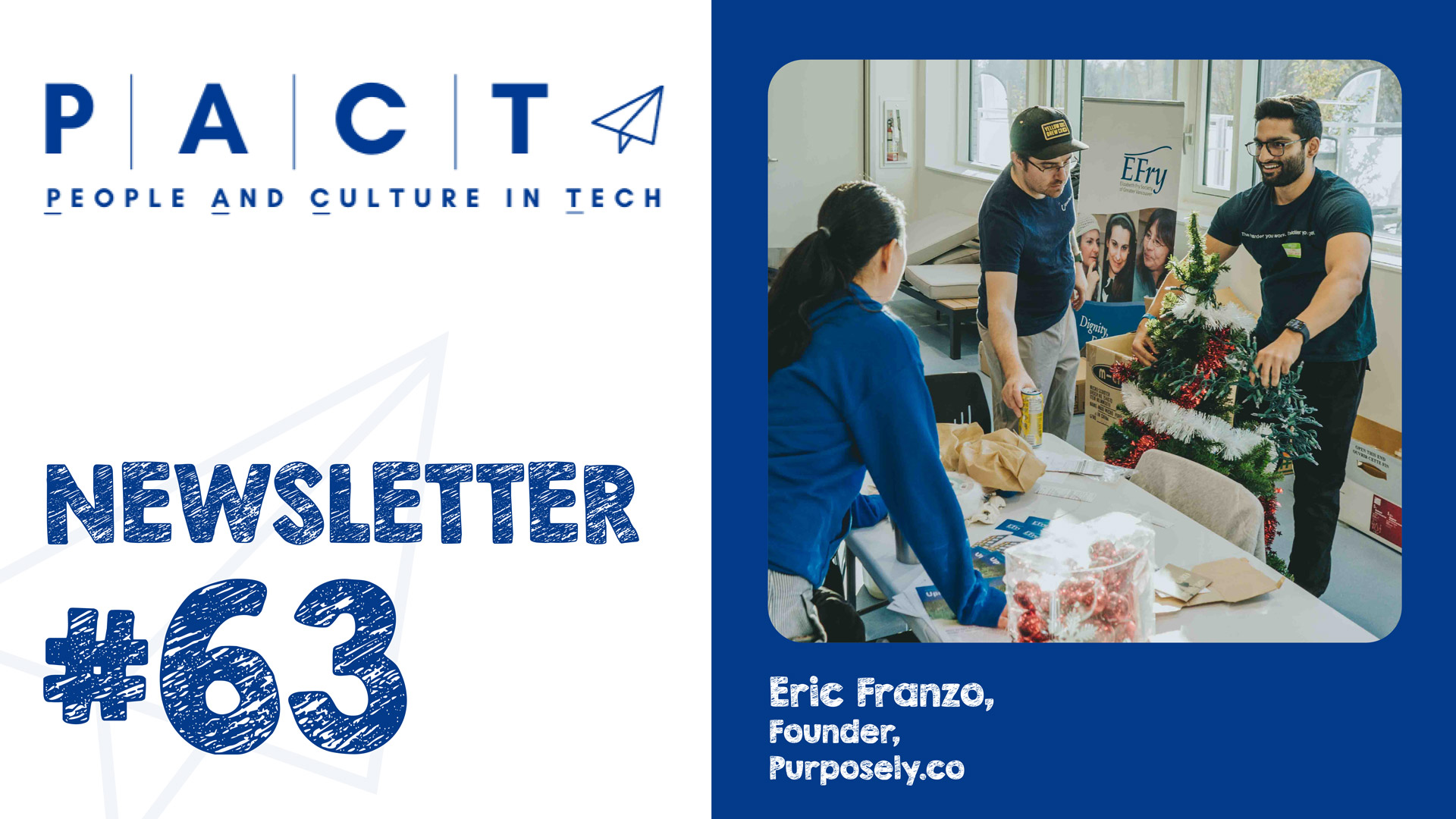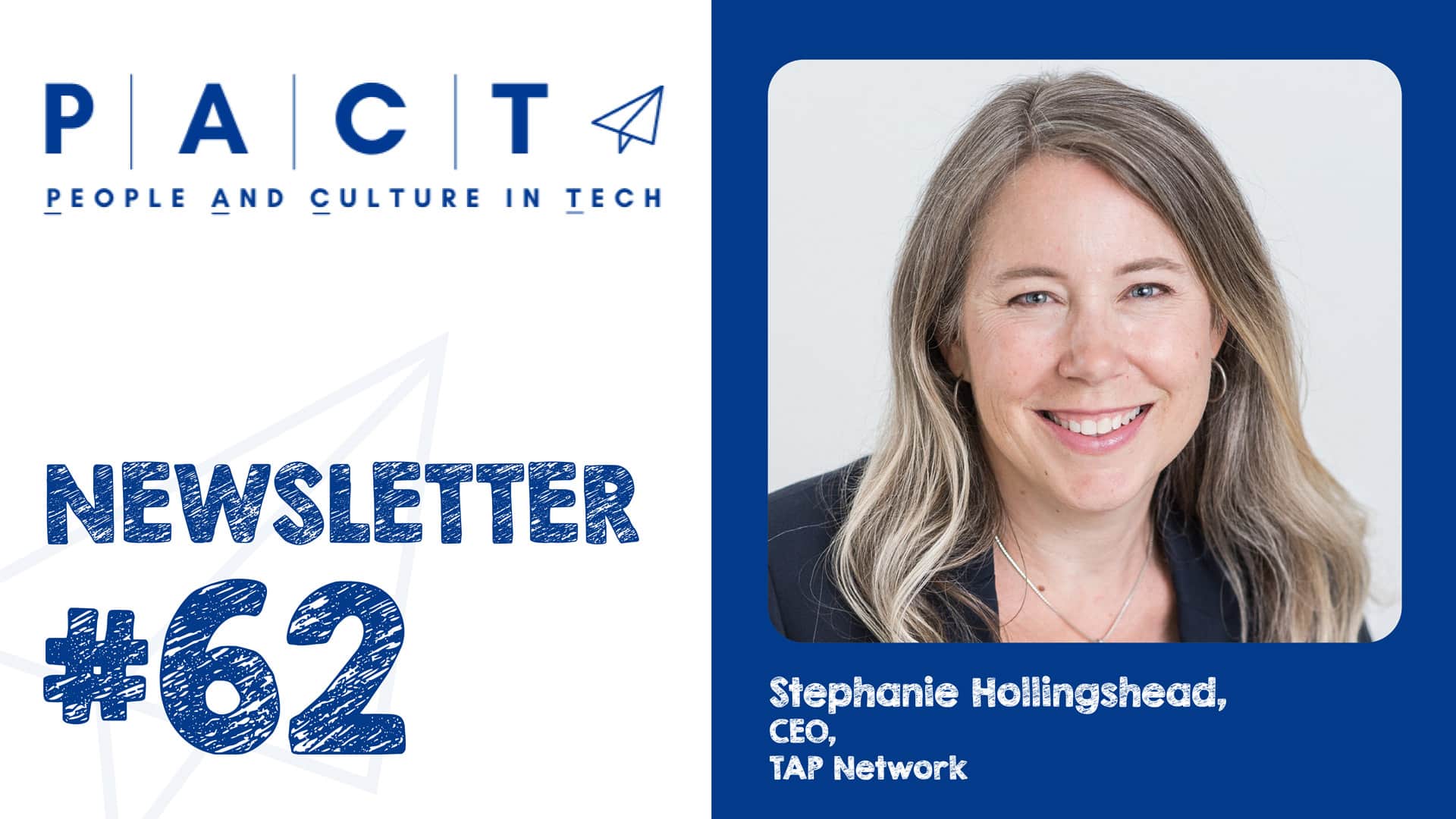Carrie Lamb Blazes a Path for Leaders Looking to Recruit and Retain Indigenous Talent
Jason McRobbie
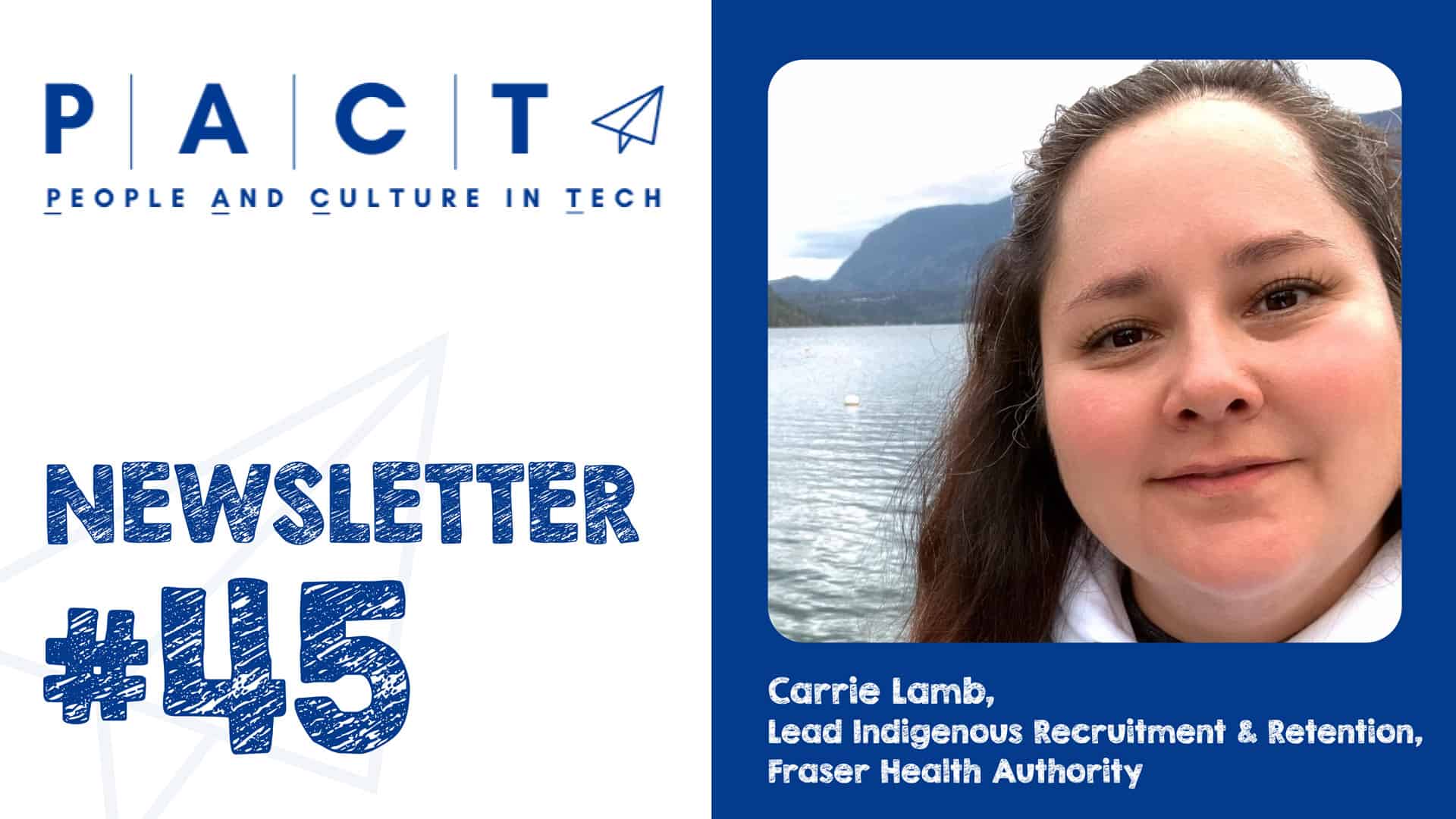
With historic revelations in Canada leading to self-examination, collective education and calls for change, Carrie Lamb acknowledges that there has never been a better time for Indigenous People in the talent market. As an Indigenous coach and HR lead for retention and recruitment with the Fraser Health Authority, she also knows the many organizational stumbling blocks impeding real progress for those seeking to attract and retain Indigenous talent. Turning those existing blocks into firm employment foundations for Indigenous and non-Indigenous employees alike, Carrie is not only living beyond her prior dreams, but blazing a path for others to follow on her journey.
Key Takeaways:
- Leaders need to understand that simply hiring Indigenous talent is not enough. Pre-work is required;
- Leaders need to become trauma informed and understand that all Indigenous people carry the experience of trauma;
- Leaders need to invest in a level of personal bravery and curiosity to build representative opportunities for Indigenous mentorship and development; and
- Leaders need to accept that culture is key to work/life being one in the Indigenous mindset and that this holds equally true for everyone.
As a member of the Sayisi Dene First Nation, a story sharer, an Indigenous coach and HR professional with Fraser Health Authority, Carrie Lamb knows the power of the stories we are taught and those we tell ourselves.
Helping other Indigenous People—as well as employers—craft a new workplace narrative is now key to what Carrie does, but once upon a time…she never imagined it could be.
“As an Indigenous person in my generation, we were often told that the end game—the highest level you could reach—was when we became an administrative assistant,” said Carrie. “Do that and you’ve made it in life. That is what the systems were telling us and giving us those lower level positions—and aspirations—every time. So that’s what we gravitated towards because that was the messaging we were receiving.”
Historically influenced by similar stories pervading her own professional origin story, Carrie had actually been guided towards HR earlier in her career.
“I was no different. I was about 20 when I took on a role for an oil and gas company and I worked for a man named Ross. He sat me down and asked if I had had ever heard of something called Human Resources because I would be great at it—‘You’re good with people, understand them at a human level and I think this is the profession you need to choose,” Carrie recounted.
Dropped into a benefits role, which did little to spur her enthusiasm for HR, Carrie returned to her administrative goals. Jumping at an opportunity to become a ‘general administrator’ with another large firm, Carrie ironically found herself carrying a portfolio far more akin to what she would come to know as full spectrum HR—albeit hired under a lesser salaried position.
Having since been immersed in the full HR breadth, secured her professional credentials and ascended into the realms of executive coaching and strategic HR, Carrie still estimates her own career has suffered from about 15 years of colonial setback.
Fortunately, since joining forces with the First Nations Health Authority in 2021 and the Fraser Health Authority in 2022 as HR lead of Indigenous recruitment and retention, Carrie’s professional and personal passions have merged and her ability to impact that arrested development for other Indigenous talent brought to the forefront.
Now opening doors of dialogue to attract and retain other Indigenous Peoples—while coaching executives on the how-to of doing the very same—Carrie is working hard to change that historically delimiting scenario for generations to come.
“Over the past three years, my focus got really, really strong. I managed to harness this space inside me with all these ideas just screaming and oozing to be able to help Indigenous People, so they could have a really positive experience in employment,” said Carrie. “That said, my experience is just my own. A lot of my perceptions are based on my own individual experiences—where I was inflicted harm when accessing employment—so it’s not pan-Indigenous where it’s going to work every single time.”
Carrie acknowledges the enduring challenges, including rampant racism still ranging from the extreme to the subtle, but she also sees a shift in the greater non-Indigenous mindset.
“The racism is massive and ongoing, but I carry the positivity that I do because I know people like yourself are becoming more curious and are no longer polarized. I think people want to move past that polarizing fear of doing something wrong to do something right. Even though it might not be perfect, at least people are willing to try,” said Carrie. “I am excited. I want people to really embrace this new space because when you look at the complaints that employees have, I feel that Indigenous ways are good for everybody, not just Indigenous People. That deeper connection employees are desperate for, that removal of separation between home and work life—that is key for everyone.”
For Indigenous People, Carrie reminded me, the whole person is everything—a wisdom long taken to heart by progressive HR leaders.
“As Indigenous People, we view ourselves as whole people—all of us is relevant in the spaces that we function in. To ask us to remove pieces of ourselves is a kind of sickness, but I’m observing that non-Indigenous People are also sickened by that too,” Carrie added. “These systems are broken for everybody.”
In seeking to fix those broken systems, Carrie not only leads from within at the Fraser Health Authority, but coaches leaders and other HR professionals on the challenges facing Indigenous talent in the traditional, Western workplace, including:
“First and foremost, employers are not trauma informed. If you consider that every Indigenous Person you come across carries a trauma experience, it helps to understand the ways of working with Indigenous People. If you are not trauma informed, you can actually be inflicting greater harm,” said Carrie. “It’s a lot like trying to carry multiple tennis balls around with someone shouting at you, while you just try to keep your balance and not drop any balls. That’s what it feels like to carry trauma and a lot of HR professionals aren’t skilled to manage trauma—even though most of the things we touch as HR professionals are related to mental health and wellness. It’s all linked.”
“Another major challenge is the lack of onboarding to help Indigenous talent navigate corporate systems effectively."
“Lack of cultural leave is another obstacle. Most corporate employers don’t provide for cultural leave, but accessing our culture is part of our wellness. It’s a massive challenge. If we aren’t accessing our culture, we’re not well,” said Carrie. “One of the things that Fraser Health has done in one of our two collective agreements so far is to provide Indigenous People under those agreements with five paid days for cultural leave—no questions asked. That’s massive.”
“Lack of seniority in unionized environments is also a real challenge. A lot of times someone who has more experience tends to be non-Indigenous and gets chosen for roles that should have the lived experience of Indigenous People in that space. We have changed that at Fraser Health as well.”
Data-collection and self-identifying is a thorny subject. “HR people, including myself, want to understand the data, but the questions aren’t safe. The questions appear to be safely wrapped in the appropriate legalese, but the Indigenous Person wants to know, ‘Ok, what are you using this data for?’ Then we start to question, because harm has always been inflicted in ticking that box before. Ultimately, our lived experience has been that the data has been used to inflict harm.“
“Racism will always be present. It will always be a challenge. I speak to really high level, senior leadership Indigenous people and racism is still present there. For students, many have to attempt to graduate post-secondary institutions multiple times because our views are still not accepted in post-secondary,” said Carrie.
Case in point, Carrie shared the story of a cousin who recently crafted a paper exploring the application of Indigenous thinking to the leadership realm, only to have it dismissed because of a lack of documentation—even though Indigenous culture is oral and she interviewed a wealth of invaluable, Indigenous Elders for their wisdom.
That said, Carrie finds hope in both the work she does and the ongoing shift in the non-Indigenous psyche as the the ongoing revelations of past, residential school atrocities and present day traumas hit home for Canadians.
“In my seat, my personal experience is that it is shifting. Things that I am working on at Fraser Health are bodies of work that I never thought that Indigenous People would experience,” said Carrie, who has been moved to tears more than once—including when those five cultural days were added to the mix. “These things are truly impactful for Indigenous People. To acknowledge that our culture is not only important to us, but recognized in a collective agreement is huge.”
Carrie has evolved that seat of power by drawing others, Indigenous and non-Indigenous alike, past their fears to unite in action. So while her good works continue within Fraser Health, her mission to create more Indigenous People-friendly workplaces has led Carrie to become a much sought coach, subject expert and presenter—all titles previously beyond her imagining.
“I feel charged and empowered to try and put that space of bravery into their mindsets,” said Carrie. “Let’s move past the polarizing fear. Let’s get excited about doing this work, so we can create positive employment experiences, not just for Indigenous People, but for everybody—one that feels safe, heartfelt and gets people motivated to do their best work.”
Carrie leaves us with a handful of great final tips, but will take the stage at Tech Talent North to share more of her story and wisdoms. Until then:
Do the pre-work. It can’t just be about wanting to hire Indigenous People. Looking at retention, you need to make sure you have programs and/or representation that show you have done that pre-work is essential.
Be prepared to dialogue. You need to be ready and able to discuss why it is different for an Indigenous Person to come into your workplace and acknowledge their culture. Too many employers still think it’s enough just to give people a job.
Delve deeper into what it means for you to understand Indigenous culture in the workplace. Get curious—ask questions that engage and involve Indigenous People.
Think outside the box for Indigenous development. Consider drawing upon Indigenous mentorship outside of your organization if it does not exist within.
Opening up to Indigenous Elders is a major step. I have three cohorts that I have developed here at Fraser Health that are specifically for Indigenous talent. Elders open up those conversations and when they graduate we celebrate in our cultural ways. I’m urban in a way, so I honour the Coastal traditions here and take a back seat while they hold that space in those areas.
“Having that pre-work in place and knowing that Indigenous talent is probably behind the mark because they are carrying trauma—that’s a good place to start,” said Carrie. “Then you can hire them because then you can have honest marketing that speaks to exactly what you can offer them in their employment experience as an Indigenous Person.”
And while stepping outside the box with the many ways in which employers can better attract and retain Indigenous talent, Carrie’s wisdom refuses to be pigeonholed into anyone-but-everyone’s framework in the emerging workplace.
“I feel that’s why I am excited about coaching because it allows leaders to open up to that space and go deeper, but I also feel like lots of managers could use a coach in a box to get outside the box to connect,” said Carrie. “They need to have the opportunity to learn how to have those deeper conversations with all of their staff—not just Indigenous employees.”BACK





